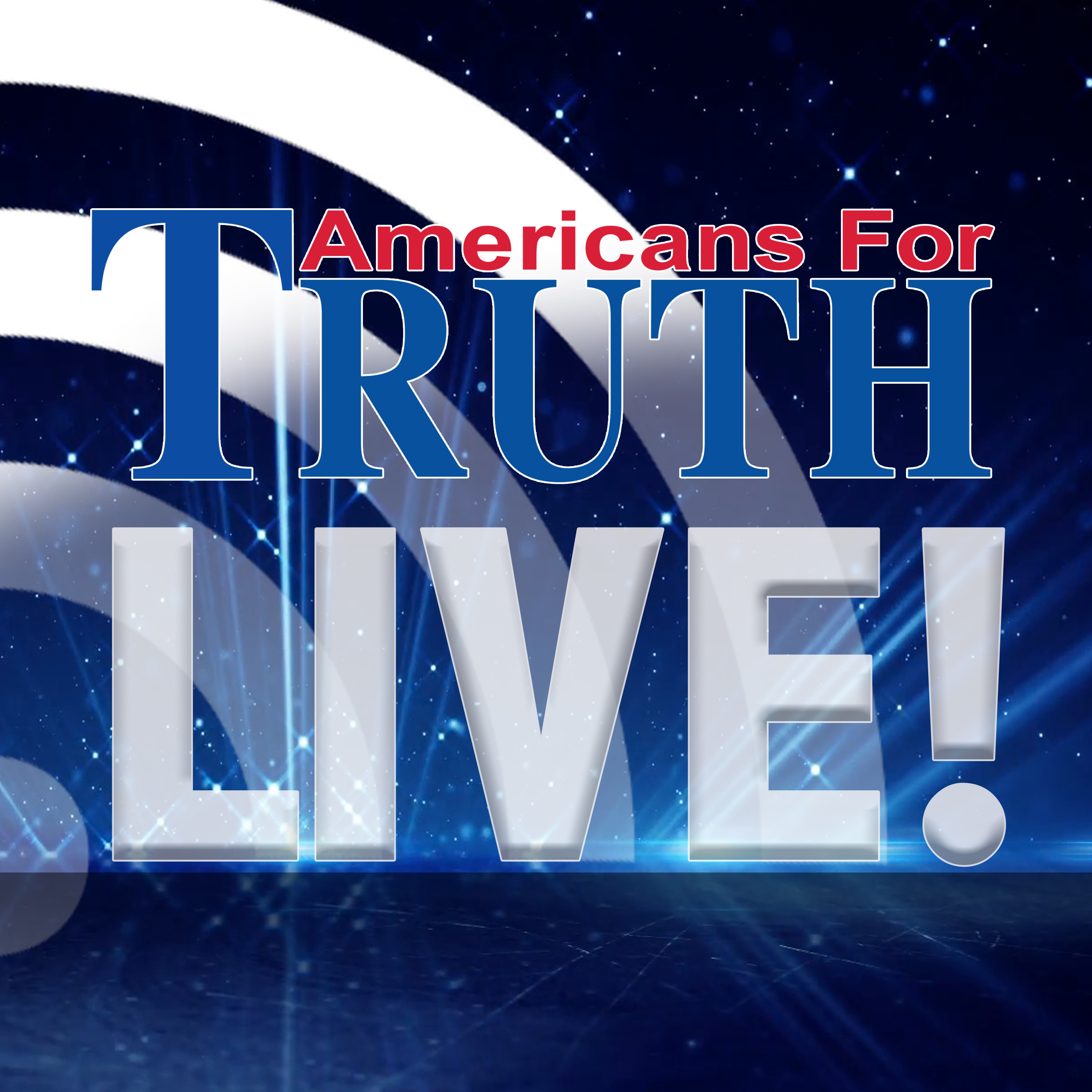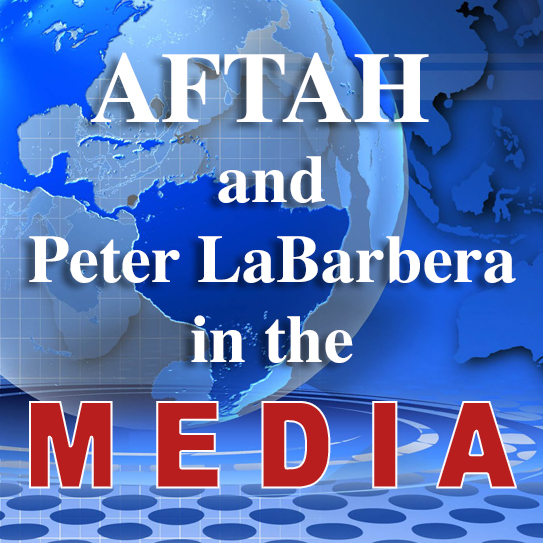Excerpted from The Wide Spectrum Of Sex-Ed Courses, by Daniel de Vise, published Mar 18, 2007, by Washington Post:
In Seattle public schools, sexual orientation is taught in ninth-grade health class, a one-day session that uses vignettes about fictitious teens to illustrate same-sex and opposite-sex attraction. But the topic can arise as early as grade 5, in discussions on the many changes that accompany puberty…
“This is probably the last big issue around sexuality education,” said Martha Kempner, spokeswoman for the Sexuality Information and Education Council of the United States (SIECUS) in New York, a group that advocates comprehensive sex education. “And I think we are seeing that many of the controversies today revolve in some way around sexual orientation.”
…Homosexuality is one of many topics covered under the umbrella of “comprehensive” sex education, which teaches students how to be comfortable with their sexuality and safe in sexual practice.
Seattle teachers tell ninth-grade health classes, “There are probably some people here who are gay, lesbian and bisexual… Some people here may believe that homosexual behavior is wrong.” Students take a sexual-orientation quiz: When do people first realize they are gay? (Answer: usually by their teens.) If one of your parents is gay or lesbian, are the chances greater that you will be, too? (Answer: no.)…
Chiasson said “countless” schools and school systems include homosexuality, bisexuality and transsexuality in their curricula. Although few mainstream textbooks devote space to the topic, she said in an e-mail, “good teachers utilize supplemental materials to complement textbooks’ limitations.”
[Note from AFTAH: Pay close attention to this author’s conclusion which reveals the attitude toward tax-paying parents who don’t want their children exposed to homosexuality in public school:]
Many states, including Virginia and Maryland, explicitly permit parents to opt out if they don’t like the lessons. Or, they can simply withdraw from the school.











